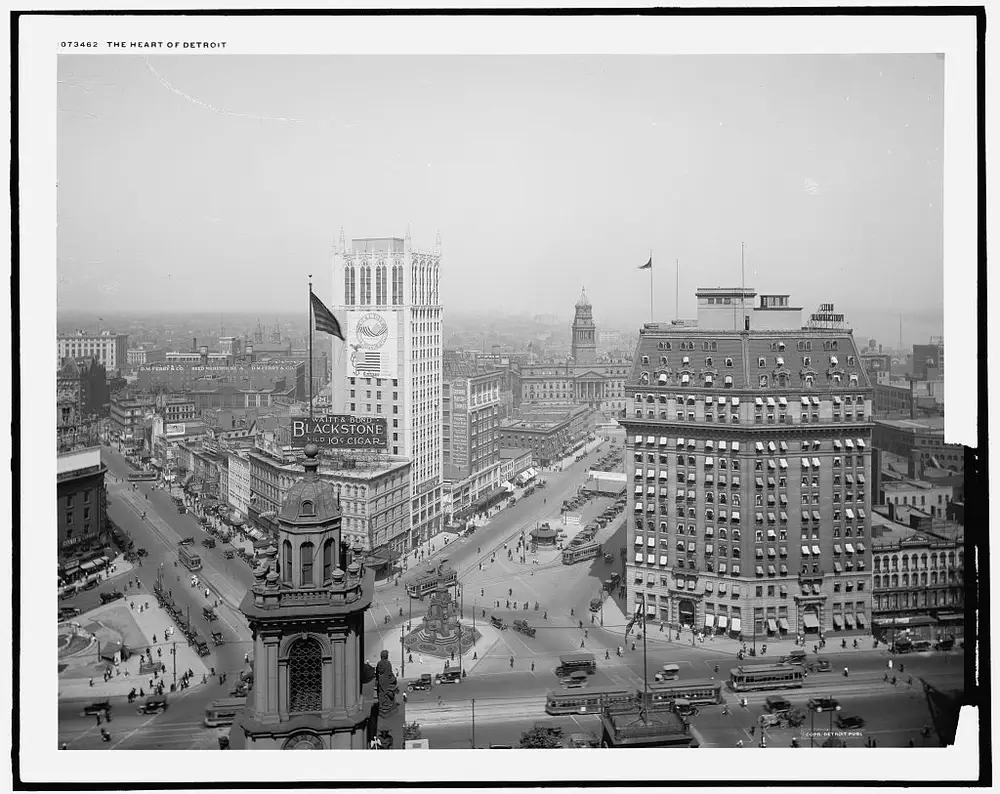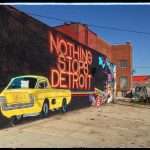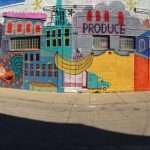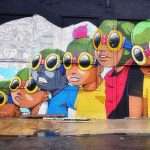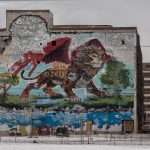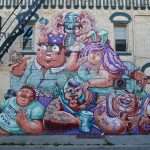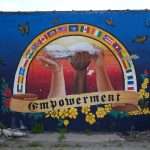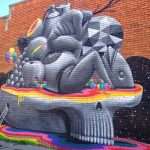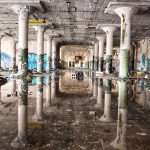Once the pulsating heart of America’s automotive industry, Detroit’s journey through explosive growth, dramatic decline, and spirited revival mirrors the resilience of its people. This story of resurgence not only highlights the city’s formidable past and challenging times but also its current efforts toward revitalization and rebirth.
The Rise of Detroit
In the early 20th century, Detroit became the booming epicenter of the American automotive industry. Home to the Big Three—Ford, General Motors, and Chrysler—the city’s economy soared with manufacturing jobs that drew thousands to its burgeoning landscape. The city was a beacon of industrial prosperity, innovation and the American Dream in action. This period of prosperity sculpted Detroit’s skyline and cultural milieu, embedding a deep sense of pride and accomplishment in its residents. At its peak in the 1950s, Detroit’s population neared 1.85 million people, making it the fourth-largest city in the United States.
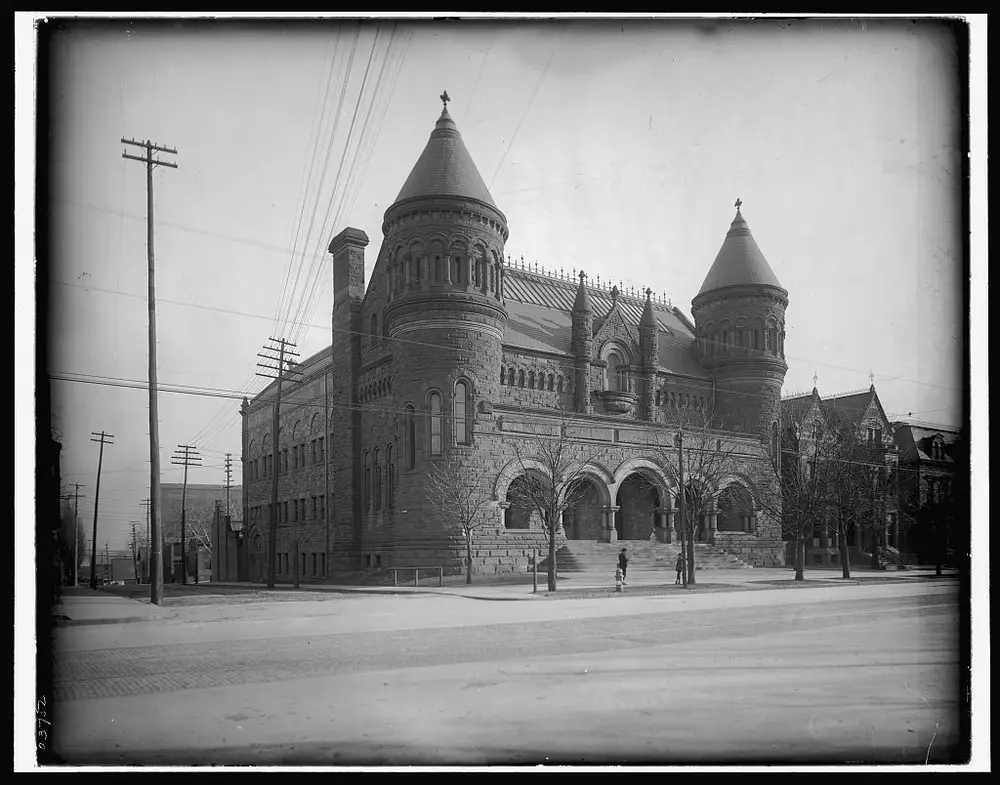
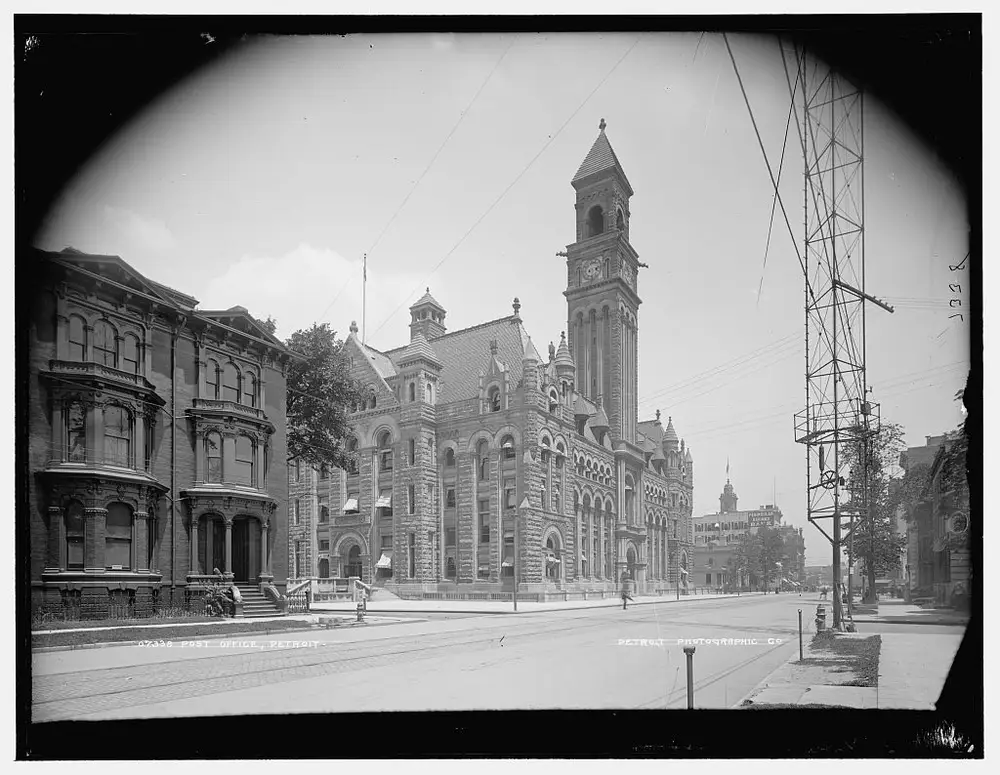
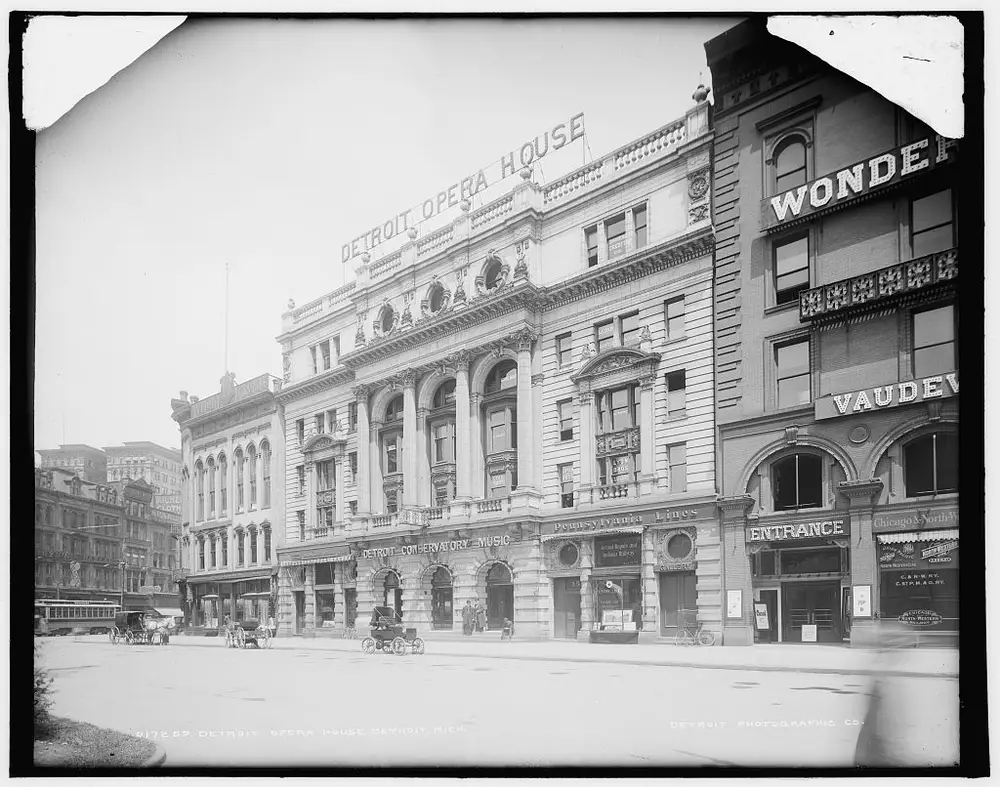
The Fall
By the mid-20th century, however, the cracks began to show. The 1970s brought severe economic challenges; the oil crisis and increased competition from foreign automakers began to chip away at the foundation of Detroit’s prosperity. The situation worsened over the decades as factories closed, jobs were lost and racial tensions escalated. By the early 2000s, Detroit was losing its financial stability and population rapidly. The Great Recession of 2008 was a crippling blow, leading to an unprecedented municipal bankruptcy in 2013—the largest in U.S. history—owing nearly $20 billion in estimated debt.
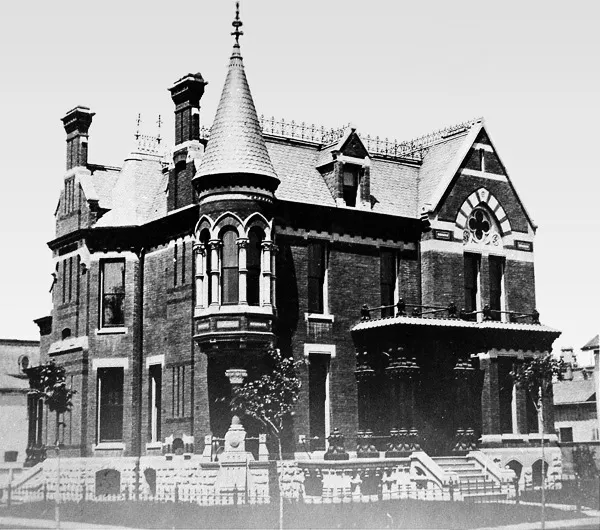
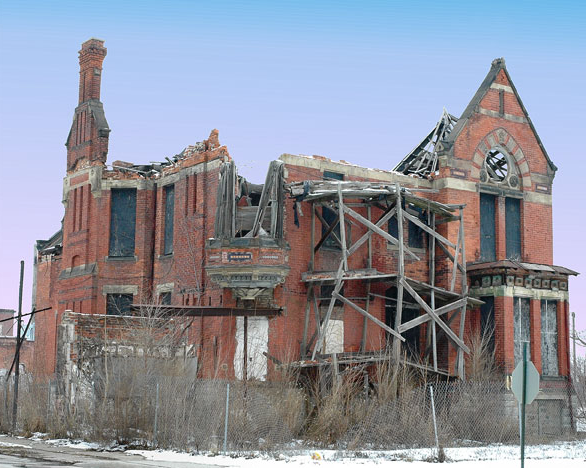
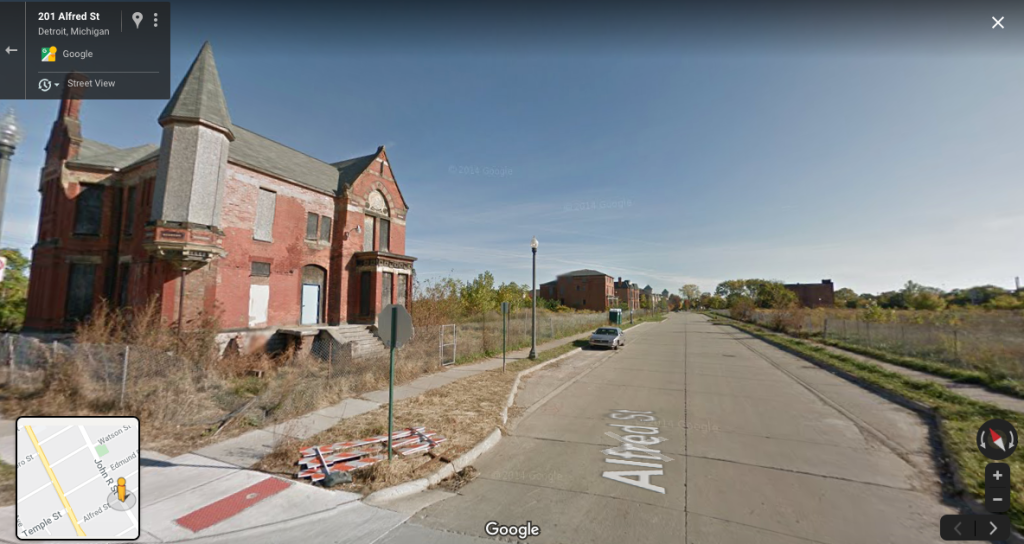
The Path to Revitalizaiton
Detroit’s story could have ended there, but the city’s narrative took a different turn toward resilience and renewal. The last decade has witnessed a dramatic transformation, fueled by large-scale revitalization efforts. Central to this resurgence has been the strategic focus on diversifying the economy beyond the auto industry. Tech startups, healthcare, and green energy sectors are now part of the city’s economic landscape, bringing new job opportunities.
Gentrification has played a controversial yet critical role in this revival. Neighborhoods like Midtown and Corktown have seen significant investments. Abandoned homes and buildings are being renovated and repurposed into vibrant spaces for living, work and entertainment. The downtown core, once marked by vacant skyscrapers, now bustles with activity as new businesses and residents move in.

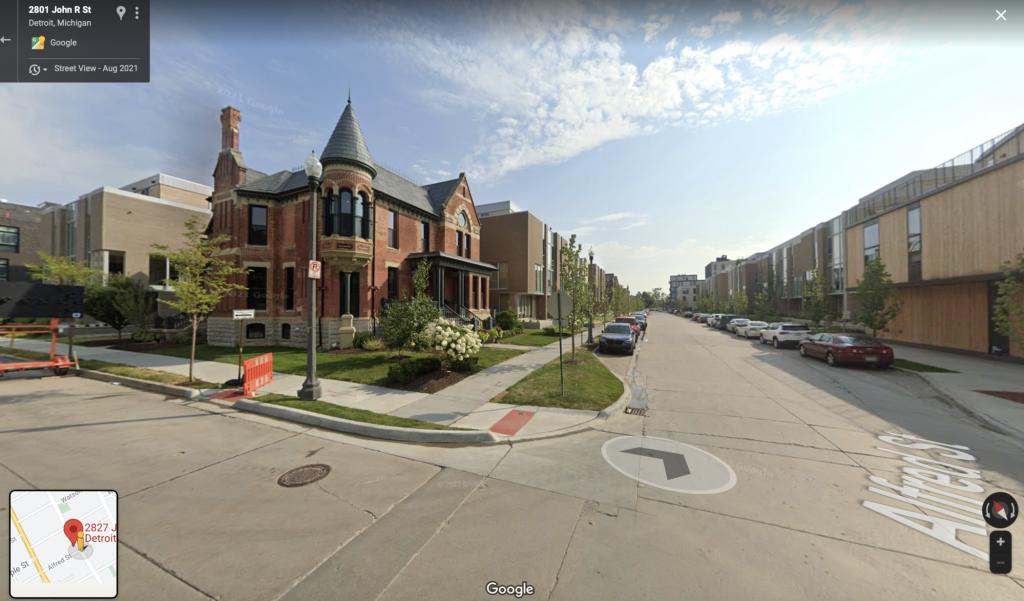
Community and Culture Revitalization
Detroit’s revitalization is not just about economic reconstruction but also about fostering community and culture. The city has become a canvas for artists, musicians and chefs who are integral to Detroit’s new identity. Initiatives like the Detroit Riverfront Conservancy have transformed the riverfront into a scenic destination for residents and tourists, symbolizing the city’s commitment to accessible public spaces.
Moreover, Detroit’s rich history is being preserved even as the city modernizes. The Detroit Institute of Arts and the Motown Museum offer cultural depth, while new cultural movements and social enterprises are fostering a sense of community and belonging among Detroiters. The burgeoning street art scene attracts tourists and serves as sources of local pride. Efforts to preserve and celebrate Detroit’s rich musical and artistic heritage are integral to its identity and appeal.
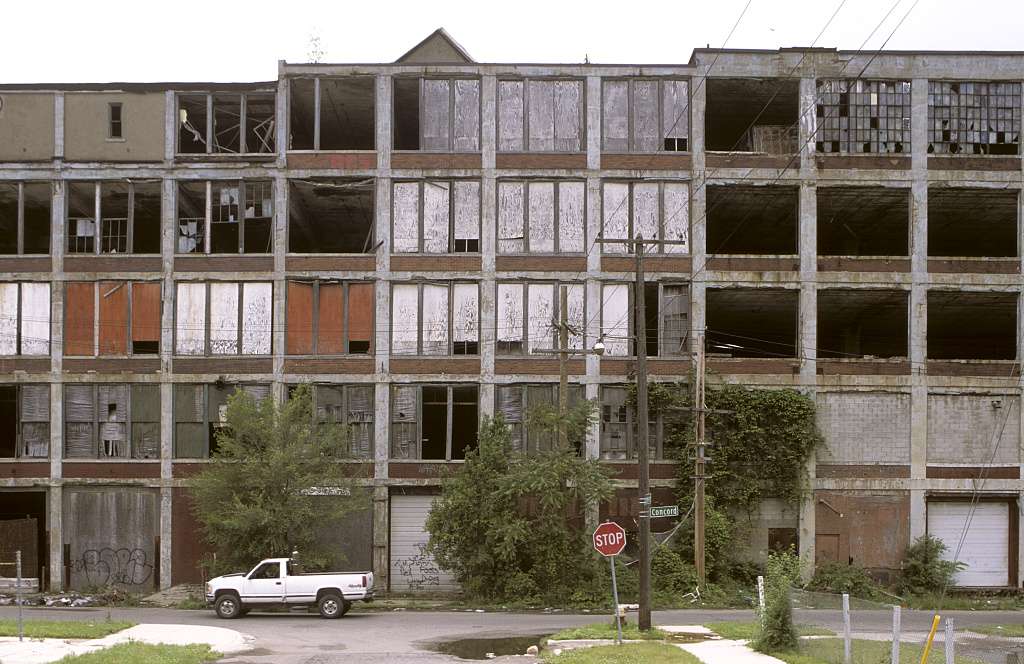
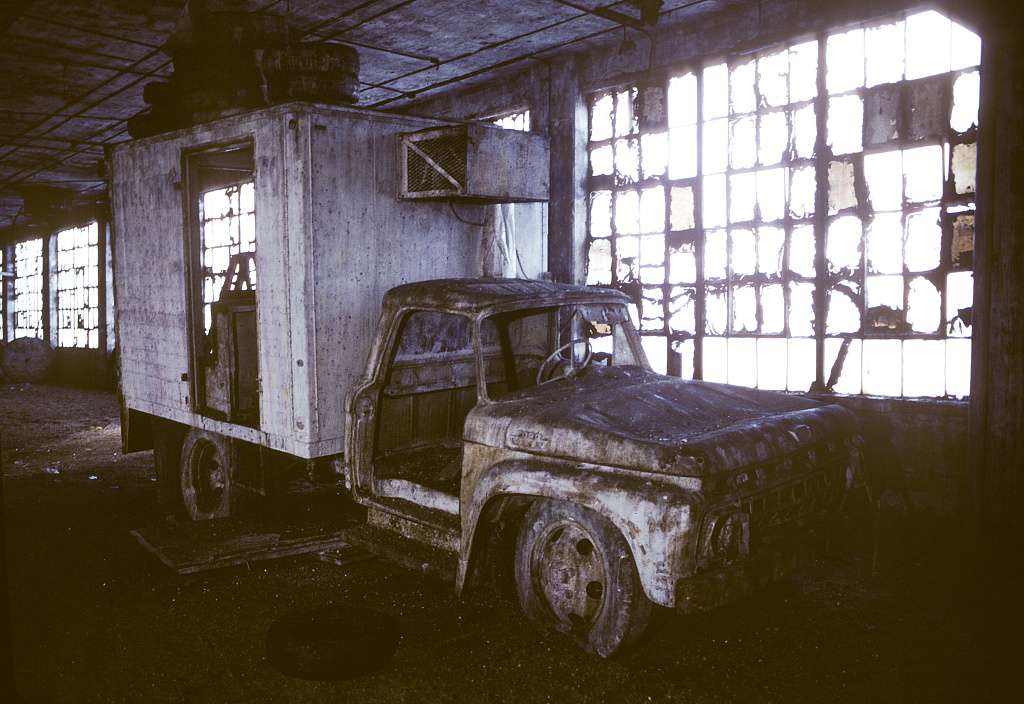
A City Reimagined
Post-bankruptcy, Detroit has been on a deliberate path to revitalization, focusing on diversifying its economy and rejuvenating its urban core. Central to this transformation has been the redevelopment of its downtown area, turning it into a vibrant hub of commerce, culture and entertainment.
The Role of Sports and Entertainment
A key strategy in Detroit’s revival has been leveraging its sports and entertainment districts as catalysts for economic growth. Comerica Park, Ford Field and Little Caesars Arena are not just venues for sports and concerts; they are pillars of downtown Detroit’s revitalization.
Comerica Park: Home to the Detroit Tigers, this ballpark opened in 2000 as part of a broader effort to revitalize downtown. Situated near the historic Fox Theatre and other entertainment venues, Comerica Park has played a significant role in increasing foot traffic and boosting local businesses in its vicinity.
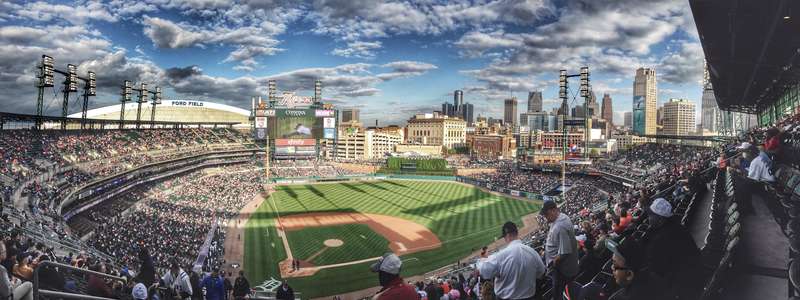
Ford Field : Opening shortly after Comerica Park in 2002, Ford Field became the new home for the Detroit Lions. Its construction repurposed the old Hudson’s warehouse, a symbol of Detroit’s rich history, into a state-of-the-art facility that hosts not only NFL games but also major events and concerts, contributing to the city’s nightlife and economy.
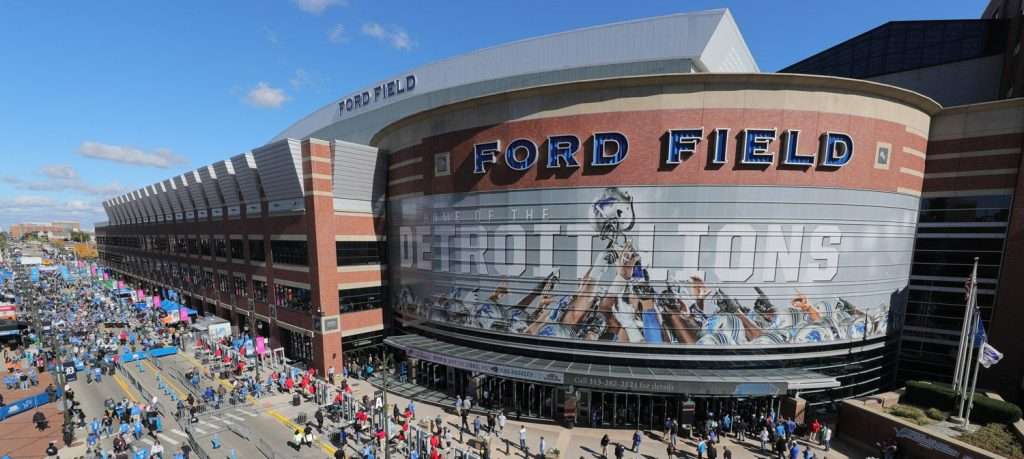
Little Caesars Arena: The most recent addition, opened in 2017, and is home to both the Detroit Red Wings and the Detroit Pistons. It anchors the Detroit District, a massive sports and entertainment complex that has spurred new restaurants, shops and residential developments, knitting together several downtown neighborhoods.

Economic Diversification
Detroit’s economic strategy now emphasizes diversification. Tech startups, health care, and green energy sectors are growing, supported by an ecosystem of venture capital and innovation hubs. This shift aims to create a more resilient economic foundation, less dependent on any single industry.
Challenges and Looking Ahead
Despite significant progress, challenges remain. Gentrification has brought new life but also concerns about displacement and rising living costs. The balance between new development and affordable housing is delicate, requiring thoughtful urban planning and community engagement to ensure inclusive urban planning.
As Detroit continues to build on its legacy of resilience, it faces the future with cautious optimism. The lessons learned from its past are embedded in its approach to renewal—focusing on inclusivity, innovation and integrity.
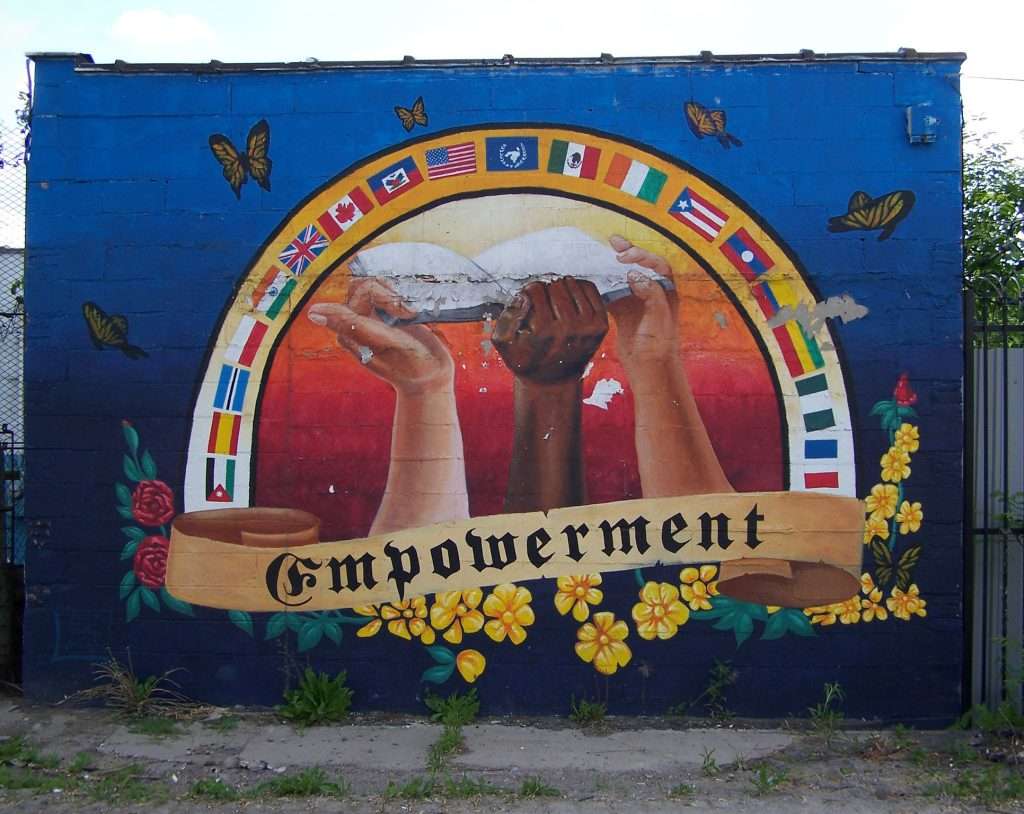
The Spirit of Detroit is Detroit’s resilience. It is a testament to its people’s unyielding spirit. From being a powerhouse of manufacturing to facing economic calamities, and now moving towards a hopeful future, Detroit remains a profound example of urban endurance and revival. The city teaches us that with resilience, community support and innovative thinking, rebirth is possible.
As Detroit continues to rebuild, it stands as a beacon of resilience, not just for cities in America but for communities worldwide, proving once again why it is known as the “Motor City.”








